#Archaeologist | Jaime de Santana Oliveira
Explore tagged Tumblr posts
Text
Severe Drought in the Amazon Reveals Millennia-Old Carvings
— The Millennia-Old Carvings Were Peviously Hidden Under Water.
— By Fernando Crispim and Edmar Barros | Associated Press | October 28, 2023
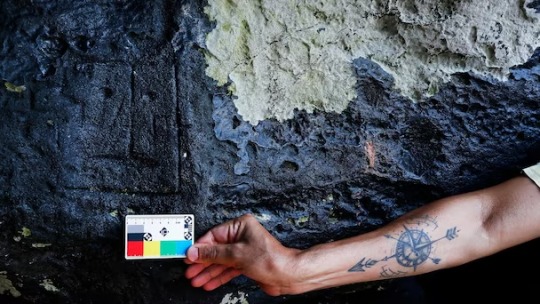
An archaeologist measures rock paintings at the Ponta das Lajes archaeological site, in the rural area of Manaus, Brazil, Saturday, Oct. 28, 2023. The archaeological site was exposed following a drought in the Negro River, unveiling rock paintings that, according to archaeologists, date back between 1,000 and 2,000 years. (AP Photo/Edmar Barros) The Associated Press
MANAUS — The Negro River, the major tributary that runs through the Brazilian Amazon, has reached historic lows, revealing millennia-old carvings previously hidden under water.
The engravings deeply etched into the black rock along the riverbanks represent human faces, animals and other figures, and are thought to be 1,000 to 2,000 years old, archaeologists said.
“They allow us to understand the way of life of prehistoric populations,” Jaime de Santana Oliveira, an archaeologist with Brazil’s National Historic and Artistic Heritage Institute, said.
The scientists think other rocks at the site were used to sharpen arrows and stone tools.


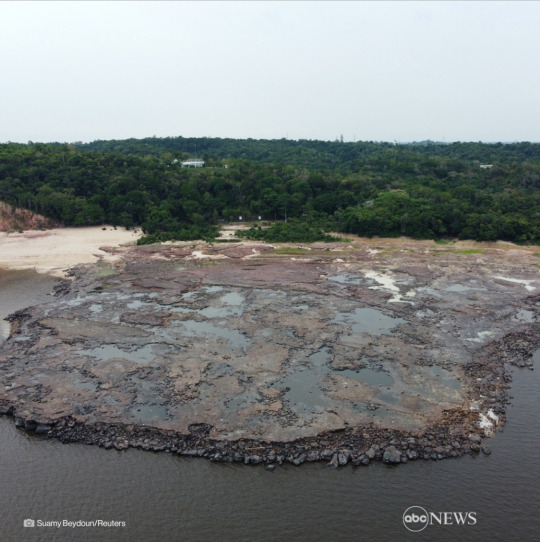

The Ponto das Lajes archaeological site is located in the rural area of Manaus, the largest city and capital of Amazonas state. From there, locals and tourists can observe the “Meeting of Waters,” which occurs when the dark, Coca-Cola-colored Negro River and the pale, clay-colored Solimoes River converge without merging and run parallel to each other over several miles.
The petroglyphs first were spotted in 2010, when another bad drought struck the region, but had not been observable since then before the current drought.
Low river levels in Amazonas have turned once navigable rivers into endless sand banks and mud, leaving hundreds of communities isolated. Public authorities have scrambled to get food and water to those communities in recent weeks.
Earlier this week, The Associated Press observed the delivery of basic goods. Boats had to dock miles away, forcing residents, most of them small farmers and fishermen, to walk long distances.
Manaus and other nearby cities are experiencing high temperatures and heavy smoke from fires set for deforestation and pasture clearance. The drought is also the likely cause of dozens of river dolphin deaths in Tefe Lake, near the Amazon River.
Dry spells are part of the Amazon’s cyclical weather pattern, usually from May to October. This season’s drought has been fiercer than usual due to two climate phenomena: the warming of northern tropical Atlantic Ocean waters and El Niño — the warming of surface waters in the Equatorial Pacific region.
#Severe | Drought#Amazon | Brazil 🇧🇷#Negro River | Carvings#Archaeologist | Jaime de Santana Oliveira#Brazil’s National Historic and Artistic Heritage Institute#Scientists#Dark Coca-Cola-Colored Negro River#The Pale Clay-Colored Solimoes River#The Associated Press#Atlantic Ocean Waters | El Niño
3 notes
·
View notes
Text


Amazon Drought Exposes Ancient Rock Carvings
Human faces sculpted into stone up to 2,000 years ago have appeared on a rocky outcropping along the Amazon River since water levels dropped to record lows in the region’s worst drought in more than a century.
Some rock carvings had been sighted before but now there is a greater variety that will help researchers establish their origins, archaeologist Jaime de Santana Oliveira said on Monday.

One area shows smooth grooves in the rock thought to be where Indigenous inhabitants once sharpened their arrows and spears long before Europeans arrived.
“The engravings are prehistoric, or precolonial. We cannot date them exactly, but based on evidence of human occupation of the area, we believe they are about 1,000 to 2,000 years old,” Oliveira said in an interview.

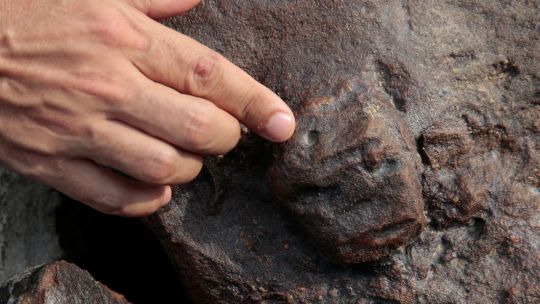
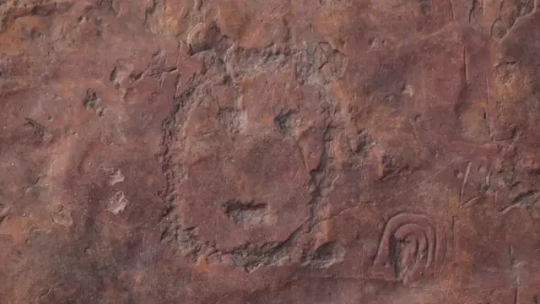
The rocky point is called Ponto das Lajes on the north shore of the Amazon near where the Rio Negro and Solimões rivers join.
Oliveira said the carvings were first seen there in 2010, but this year’s drought has been more severe, with the Rio Negro dropping 15 meters (49.2 feet) since July, exposing vast expanses of rocks and sand where there had been no beaches.
“This time we found not just more carvings but the sculpture of a human face cut into the rock,” said Oliveira, who works for the National Historic and Artistic Heritage Institute (IPHAN) that oversees the preservation of historic sites.
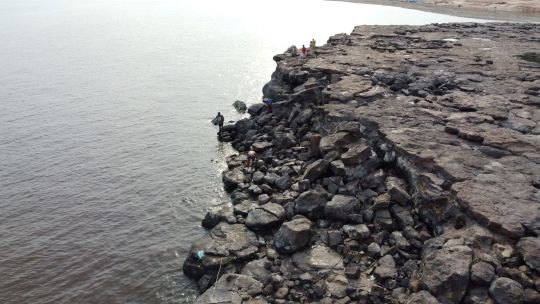
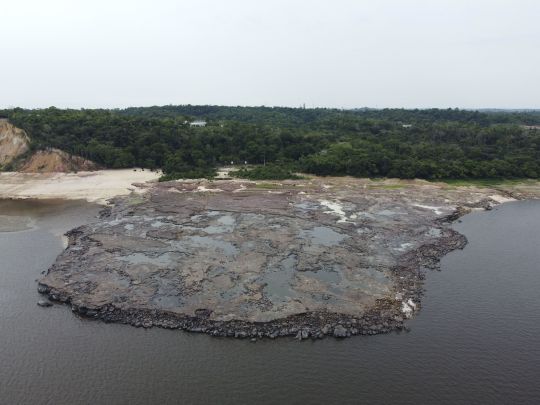
#Amazon Drought Exposes Ancient Rock Carvings#amazon river#Ponto das Lajes#rock carvings#ancient carviings#ancient artifacts#archeology#archeolgst#history#history news#ancient history#ancient culture#ancient civilizations
102 notes
·
View notes
Text
Drought Exposes Ancient Rock Carvings in Brazil
Revealed by receding Amazon waters, the carvings of human faces are up to 2,000 years old

As an extreme drought hits parts of the Amazon, receding rivers have uncovered remarkable ancient rock carvings in Brazil. Engravings of human faces can be seen on the newly exposed riverbanks at Ponto das Lajes, an archaeological site near the spot where the Rio Negro and Solimões rivers meet.
“The engravings are prehistoric, or pre-colonial,” Jaime de Santana Oliveira, an archaeologist with Brazil’s National Historic and Artistic Heritage Institute (IPHAN), tells Reuters’ Suamy Beydoun. “We cannot date them exactly, but based on evidence of human occupation of the area, we believe they are about 1,000 to 2,000 years old.”
Some rocks also feature grooves that may have been used to sharpen tools like arrows or spears. On just one rock, Carlos Augusto da Silva of Brazil’s Federal University of Amazonas identified 25 groups of these kinds of carvings, reports the Guardian’s Constance Malleret. Fragments of ceramics have also been found at the site.
This isn’t the first time the carvings have emerged from the river waters. They were first seen during another drought in 2010. However, the current drought is more extreme, revealing more carvings than ever before. Per Reuters, the greater variety of carvings will help researchers learn more about their origins.
Continue reading.
#brazil#brazilian politics#politics#science#environmentalism#archaeology#amazon rainforest#mod nise da silveira#image description in alt
44 notes
·
View notes